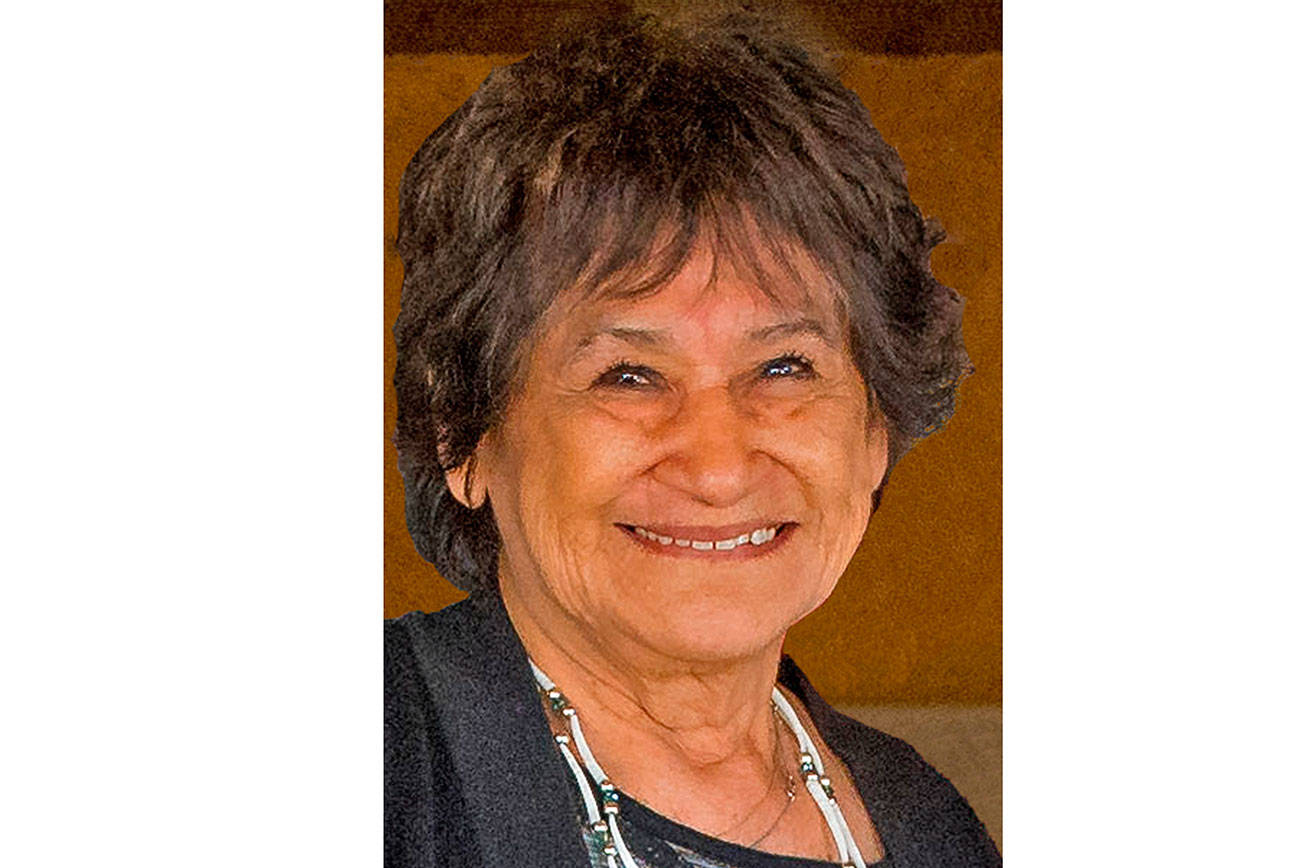Despite many organizations and individuals working hard to end homelessness, the problem is getting worse.
Statistics:
Snohomish County has experienced a 50 percent increase from 2013-17 in unsheltered homeless persons, up from 344 to 515. About 89.5 percent of the unsheltered population is adults, with 66 percent being male.
From 2011 forward, the county experienced 18 percent of all heroin-related deaths in Washington, although the county comprises only 10 percent of the state’s population. There are two types of homeless:
1. Typically for less than one year, and sheltered in an emergency shelter or transitional housing. These people are more likely to be families. This group tends to be “invisible,” meaning people cannot tell a homeless family in this group from a poor but sheltered and employed family. There are many resources for this group. These families are scattered across Arlington.
2. Unsheltered or sheltering in a vehicle, typically chronically homeless for more than one year. This population tends to be single, male, average age 41. There are usually multiple barriers for this population to get out of crisis. Most often, mental health and drug addiction are common barriers. There are fewer resources for this group. These citizens tend to be found in Smokey Point.
What Arlington needs:
A. A clear point of entry for any homeless citizen to access all services.
B. Regional coordination of service provision.
C. Flexible, collaborative approaches to the different homeless populations, using evidence-based practices.
There is no one answer to homelessness in Arlington or anywhere else. What works for one citizen may not work for the next as each person’s story, needs, barriers and resources are different.
What we need is a collective impact, calling on local and regional resources, individuals, existing and new programs, grants and community partnerships to end homelessness. Also, although law enforcement is an important component of a collective solution, it cannot be the sole solution. It lacks the health care and social service components to lift citizens out of crisis and into self-sufficiency. Our city is already working on immediate resources and future support.
Under immediate resources, there is the Arlington Family Resource Center with a housing navigator, emergency food, veterans’ assistance, homeless teen support and Worksource Snohomish job help. In 2016, the center had 521 new participants for services and secured housing for 68 homeless families (172 men, women and children).
With a $25,000 grant from United Way, the city hired a consultant to assess gaps and overlaps in Arlington’s homeless resources. A survey and report is being done on what residents want for our homeless. The City Council will use the report for future decisions.
Future projects: The NorCo Homeless Coalition is working to create a one-stop service center for the homeless. It is applying for grants.
Future support also comes via support for legislation that increases resources for ending homelessness. We know some citizens are frightened, angry and/or concerned when confronted with panhandlers, homeless people or evidence of crimes committed. We care about how you feel, and want you to feel safe. To stay informed on this issue:
•Subscribe to our e-newsletter at www.arlingtonwa.gov/index.aspx?page=22
•Like our city Facebook page
•Attend City Council workshops •Volunteer at Kids’ Kloset, the food bank, the community resource center, Cocoon House or Housing Hope
•Donate to those organizations listed above, but not to panhandlers. Instead, hand them packaged food.
Thank you for your interest in homelessness. The hard challenges are the most rewarding to solve.
Barb Tolbert is the mayor of Arlington. Her column runs monthly.







